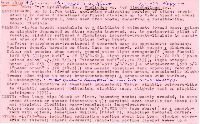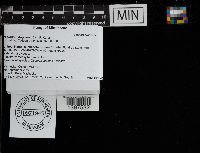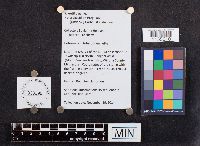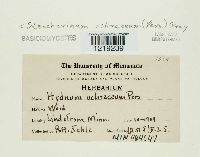University of Minnesota
http://www.umn.edu/
612-625-5000
http://www.umn.edu/
612-625-5000
Minnesota Biodiversity Atlas
Bell Museum
Dataset: MIN-Fungi
Taxa: Bondarzewiaceae
Search Criteria: excluding cultivated/captive occurrences
1
Page 1, records 1-5 of 5
Bell Museum fungi | |
MIN:Fungi | 669552[1219240]Parks, H.E. 1925-06-02 United States, California, Marin, San Rafael Hills |
MIN:Fungi | Gloiodon strigosus (Sw.) P. Karst. 725665[1088361]Weaver, M.G. 14341967-08-28 United States, Minnesota, Rice, Nerstrand Woods State Park, 44.3488713 -93.1110812 |
MIN:Fungi | Gloiodon strigosus (Sw.) P. Karst. 971945[1397532]Vachuska, Colleen VCP1202022-09-10 United States, Minnesota, Brown, Flandrau State Park, 44.292822 -94.462783 |
MIN:Fungi | Heterobasidion irregulare (Underw.) Garbel. & Otrosina 938396[1155610]Benjamin Held s.n.2014-11-19 United States, Minnesota, Winona, NW1/4 of the NE1/4 of sec. 9 in Township 108N, Range 9W |
MIN:Fungi | Stecchericium ochrocroceum (Henn. & E. Nyman) Corner 464047[1219239]Jehle, R.A. 1909-10-01 United States, Minnesota, Chisago, Lindstrom, 45.376419 -92.84778 |
1
Page 1, records 1-5 of 5
Google Map
Google Maps is a web mapping service provided by Google that features a map that users can pan (by dragging the mouse) and zoom (by using the mouse wheel). Collection points are displayed as colored markers that when clicked on, displays the full information for that collection. When multiple species are queried (separated by semi-colons), different colored markers denote each individual species.




